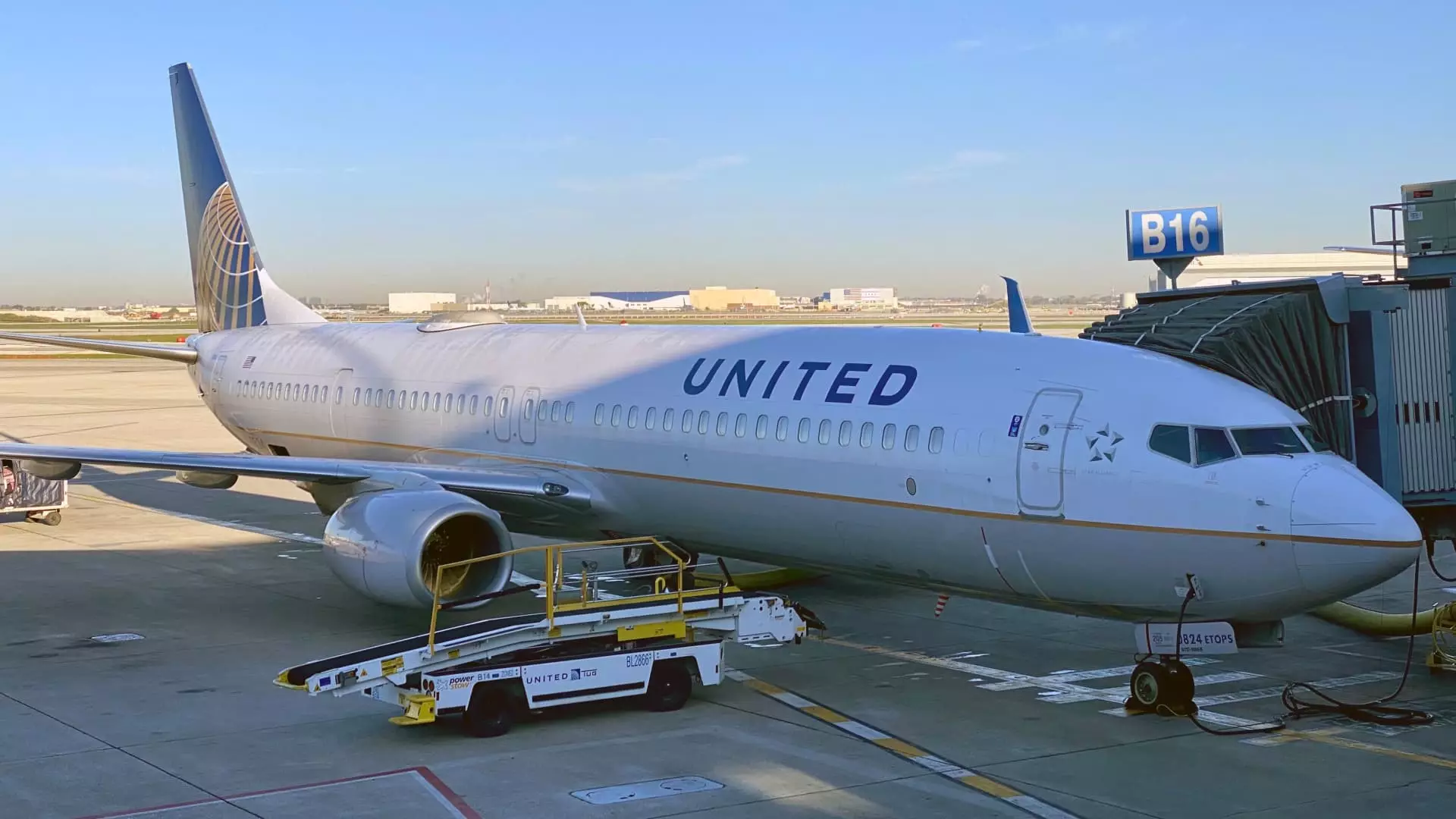United Airlines has taken a step towards improving the travel experience for its passengers by implementing a new strategy. By utilizing generative artificial intelligence, the airline will now send travelers live radar maps to explain flight delays. This innovative approach aims to provide customers with real-time information about the reasons behind disruptions, such as bad weather, mechanical issues, or airport congestion.
Understanding the Impact of Weather
It is common for passengers to feel frustrated when their flights are delayed due to bad weather conditions. While it may be clear skies at their departure airport, a thunderstorm hundreds of miles away can still affect the flight schedule. The Federal Aviation Administration can issue ground stops to prevent traffic from departing for specific airports, preventing facilities from becoming overloaded. Additionally, flights may need to take longer routes to avoid bad weather, causing further delays in arrival times.
Thunderstorms can be particularly challenging for airlines, as they can develop suddenly and are more difficult to predict than larger weather systems like winter storms or hurricanes. These unexpected disruptions can lead to delays that cascade throughout the day, leaving planes and crews out of position. Despite the efforts of airlines to mitigate these issues, flight delays remain a common occurrence in the industry.
United Airlines’ decision to leverage generative artificial intelligence to communicate with passengers is a significant step forward in addressing flight disruptions. By sending travelers links to live radar maps provided by FlightAware, the airline is offering a transparent view of the factors contributing to delays. This technology will be put to the test during the busy July Fourth holiday period, where United expects a record number of travelers.
Industry Trends and Statistics
In the first half of the year, nearly 942,000 U.S. airline flights arrived late, accounting for 21.4% of all flights. While this percentage is slightly lower than the previous year, flight delays continue to be a prevalent issue in the aviation industry. By embracing innovative solutions like real-time radar maps, airlines can improve communication with passengers and enhance the overall travel experience.

